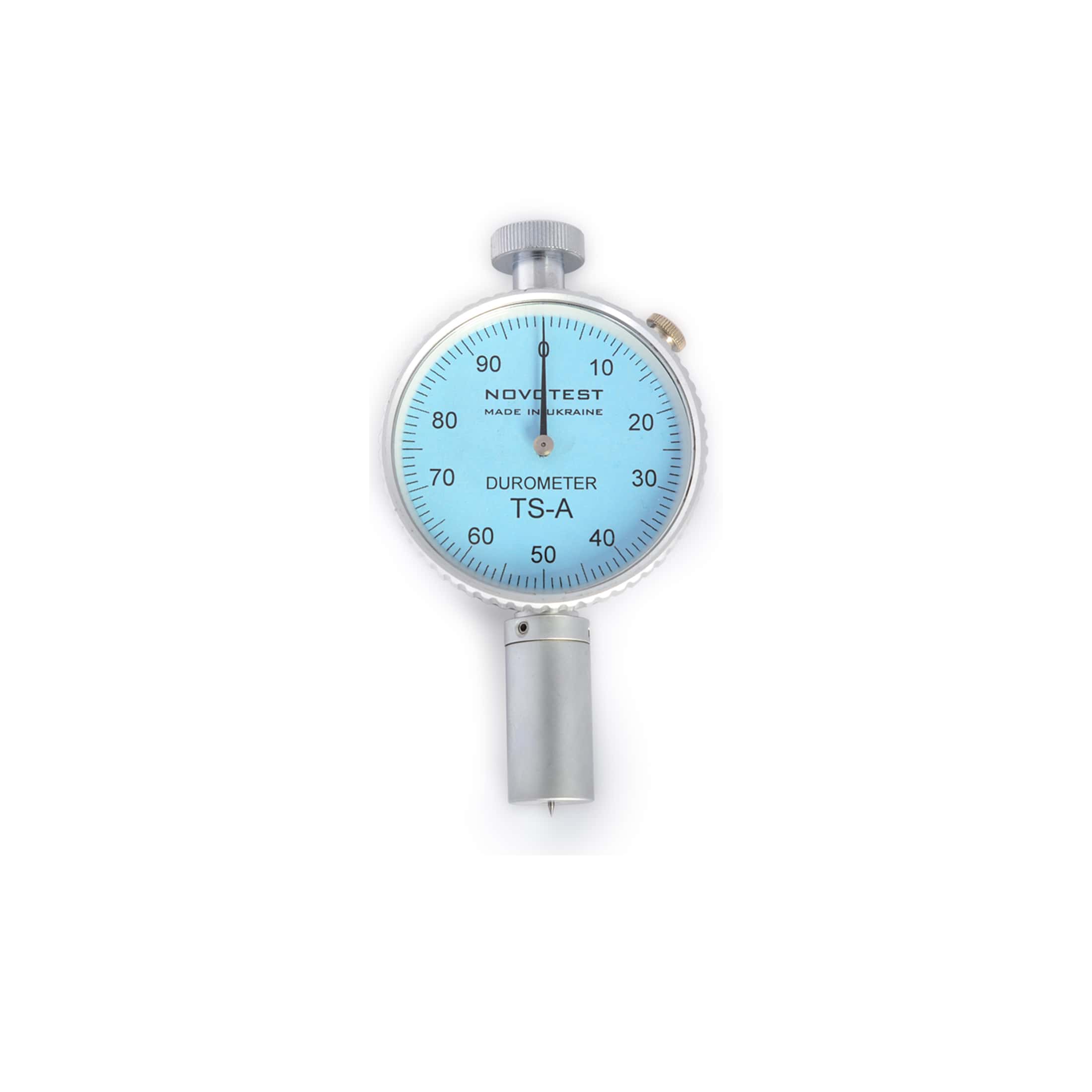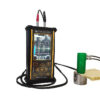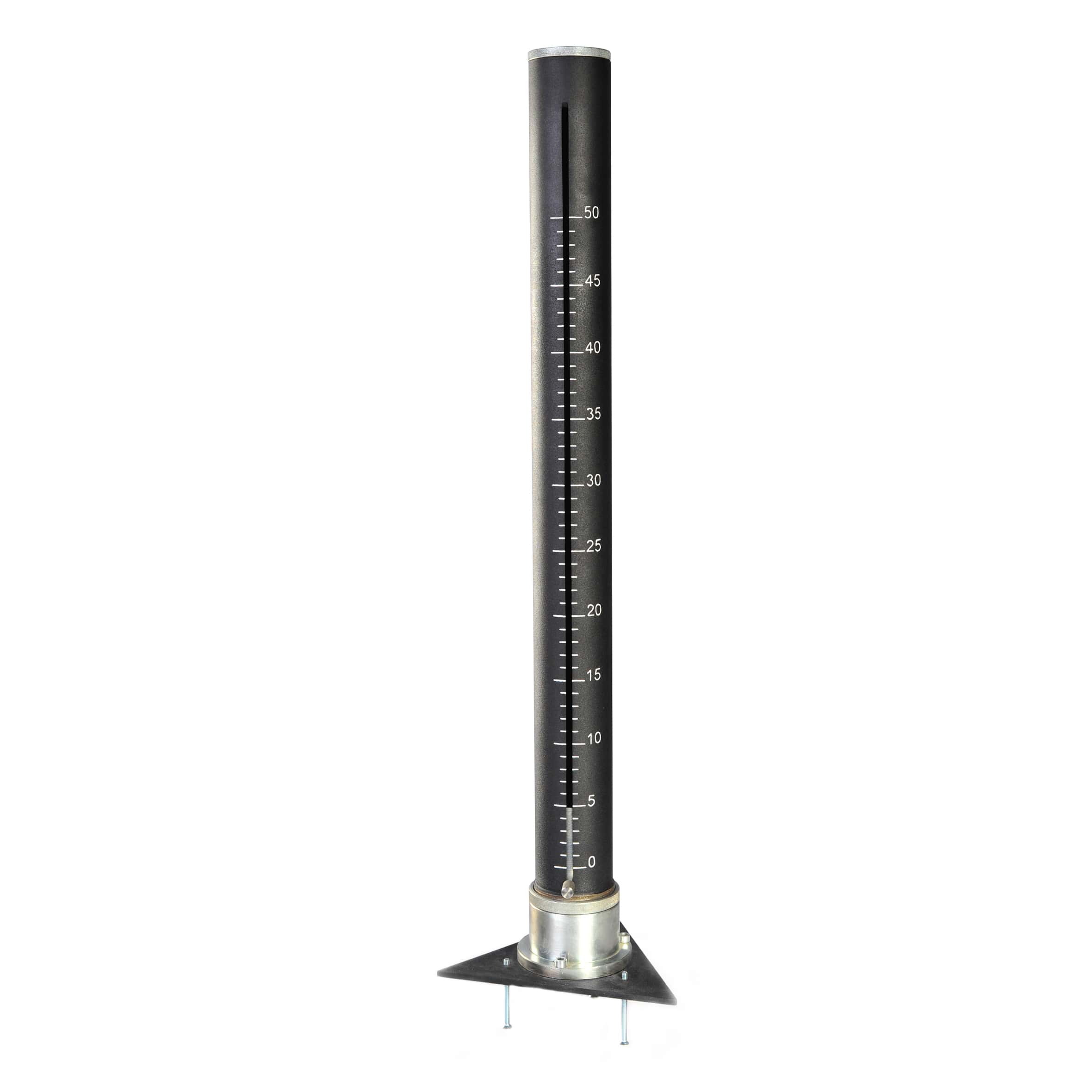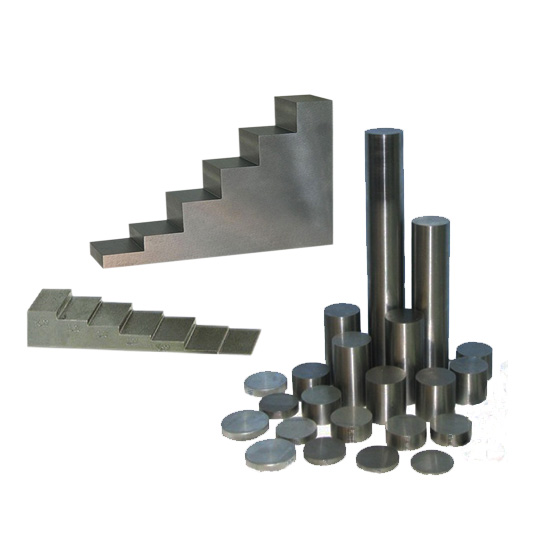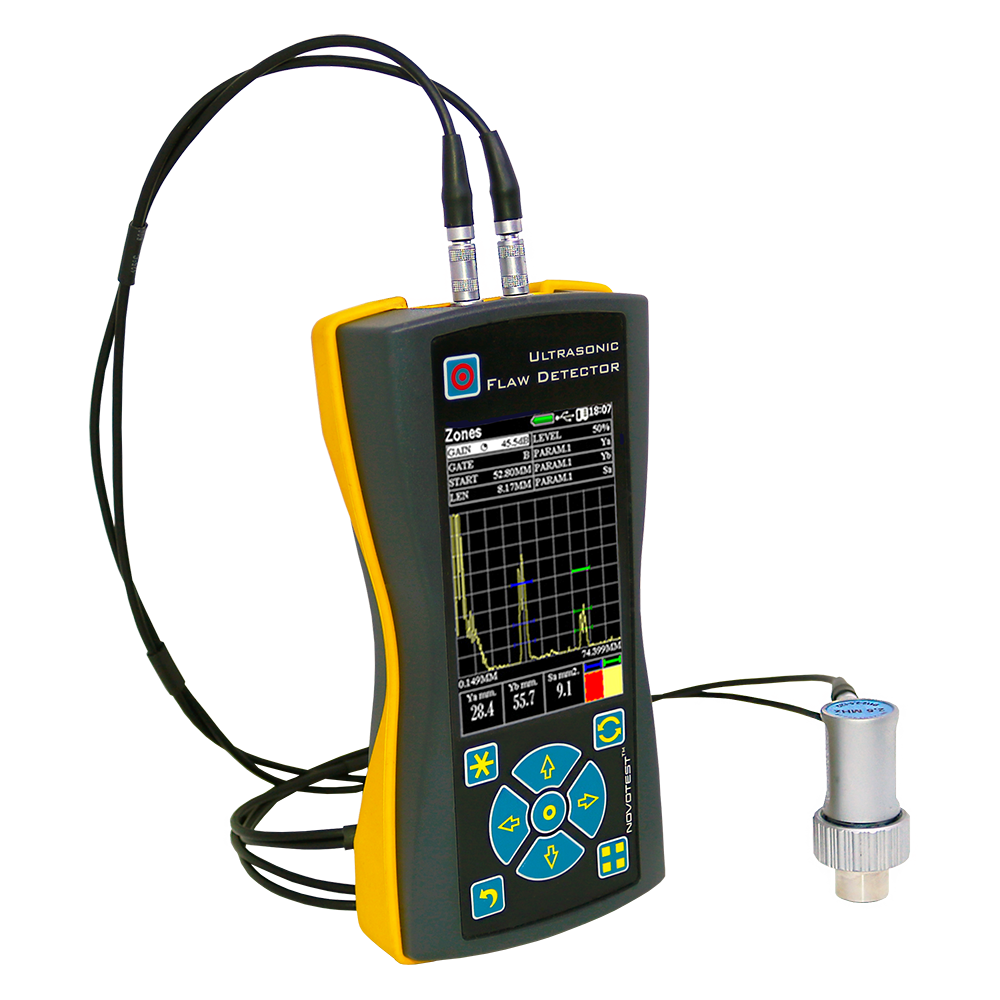Durometer, a specialized instrument used to measure the hardness of materials, particularly polymers and elastomers. Durometers are commonly employed in industries such as plastics, rubber, and textiles to assess the material’s resistance to indentation or penetration. Here are the key features of our Durometer:
Novotest
Durometer
Key Features:
- Shore Scale: Durometers are often classified by the Shore hardness scale, with the most common scales being Shore A, Shore D, and Shore OO. Each scale is designed for specific types of materials, providing accurate and consistent hardness readings.
- Indentation Measurement: The Durometer features a blunt indenter that is pressed into the material’s surface. The depth of indentation is then measured, indicating the material’s hardness.
- Spring-Loaded Mechanism: Durometers typically employ a spring-loaded mechanism to apply a standardized force to the indenter, ensuring consistent and reproducible results.
- Scale Readout: The Durometer provides a numerical readout on the Shore hardness scale, allowing users to quantify the material’s hardness. Higher values on the scale indicate greater hardness.
- Portable Design: Durometers are often compact and lightweight, making them portable and suitable for on-site hardness testing in various industrial settings.
- Material Compatibility: The Durometer is designed to measure the hardness of elastomeric and plastic materials. It is constructed from materials that are chemically resistant and compatible with a wide range of substances.
- User-Friendly Operation: Durometers feature user-friendly controls, allowing operators to quickly and easily perform hardness tests. The instrument is typically handheld for convenience.
- Durability: Constructed with durable materials, Durometers are designed to withstand the rigors of industrial use and provide long-term reliability.
- Calibration: Durometers require periodic calibration to ensure accurate and reliable hardness measurements. Calibration checks are often performed using standardized test blocks.
- Standardization: Durometers are manufactured to conform to industry standards, ensuring that the hardness readings are consistent and comparable across different instruments.
- Applications: Durometers find applications in various industries, including rubber and plastic manufacturing, quality control, research and development, and product testing.
- Safety Features: Safety considerations are taken into account, including features such as a protective cover for the indenter when not in use.





